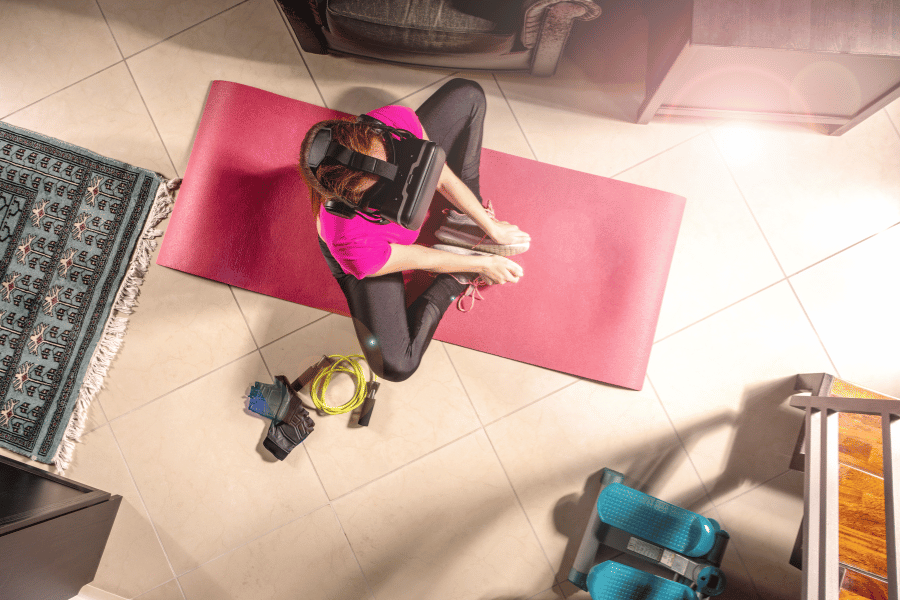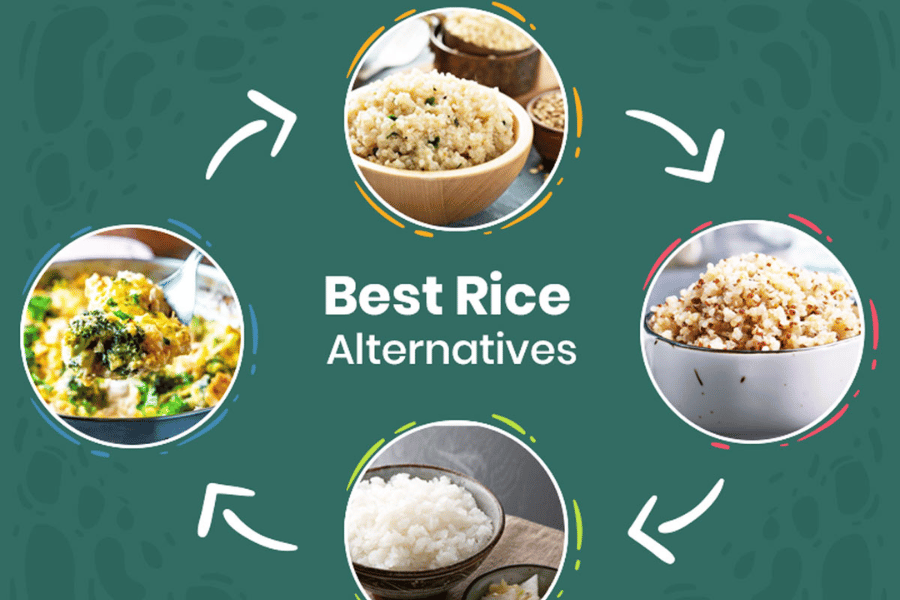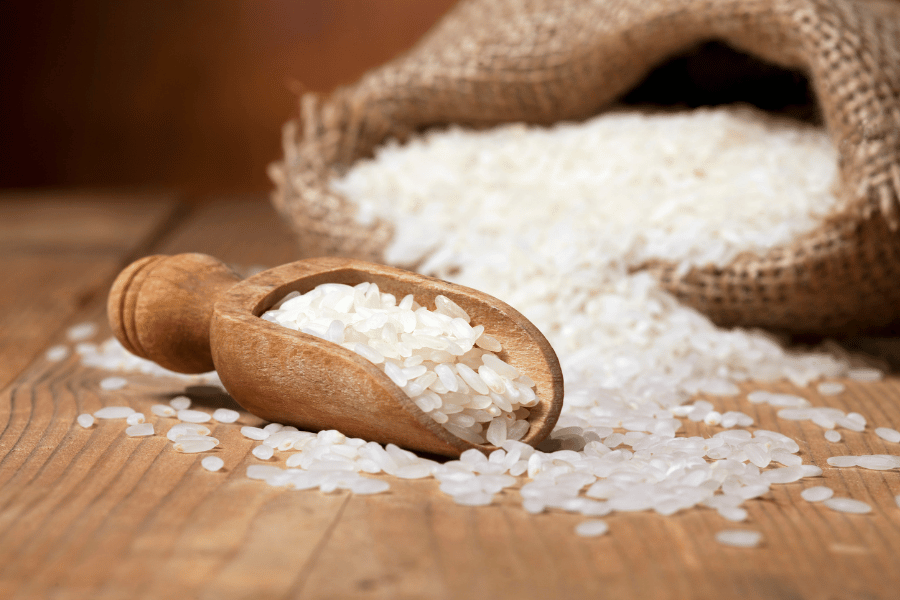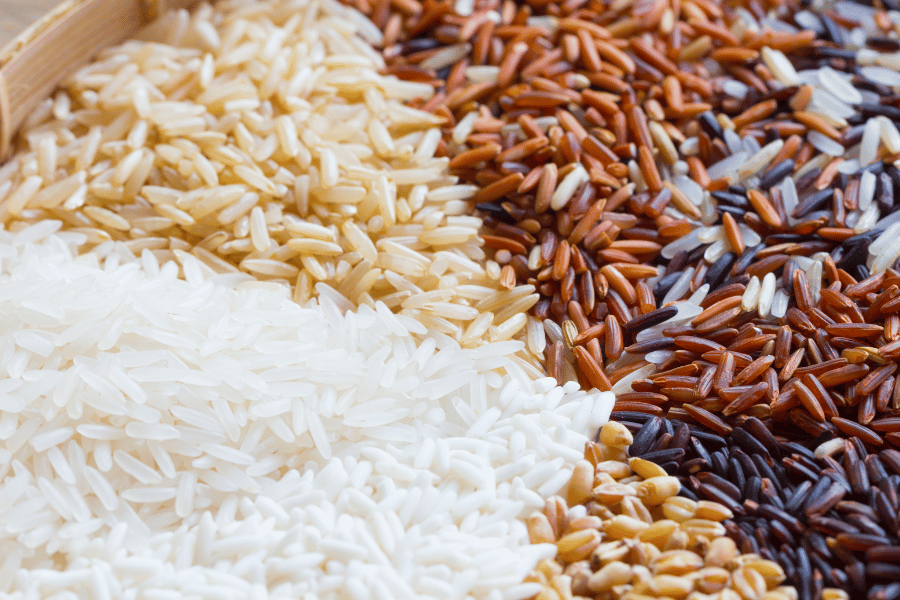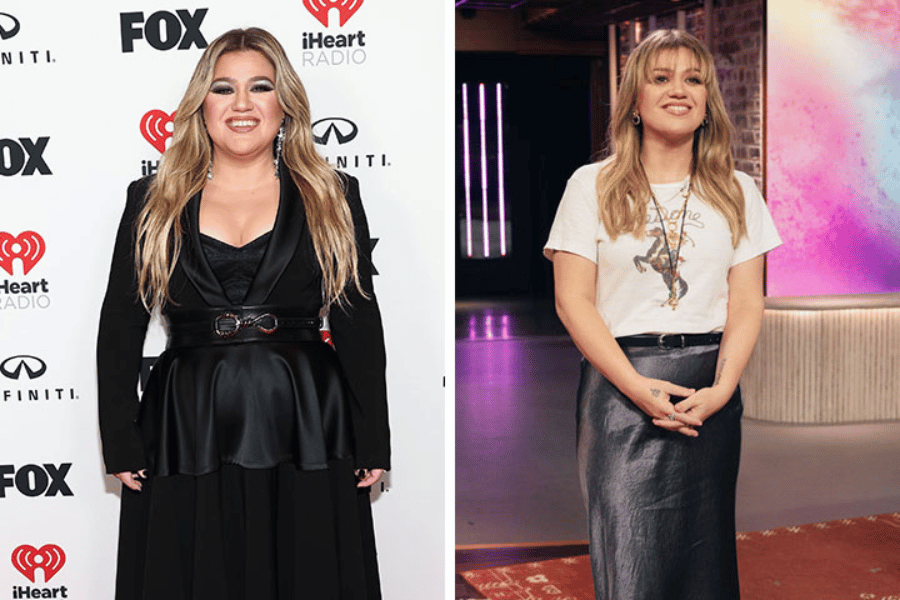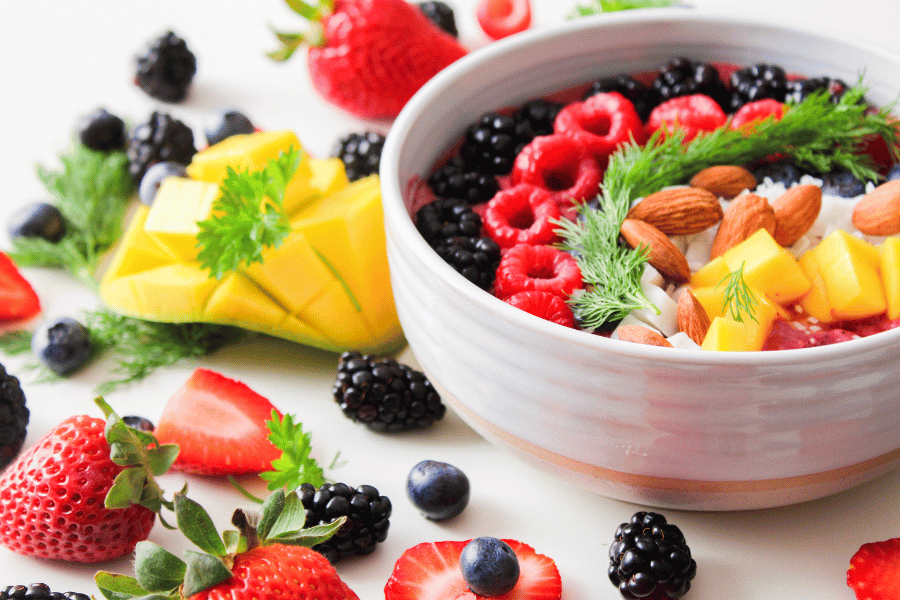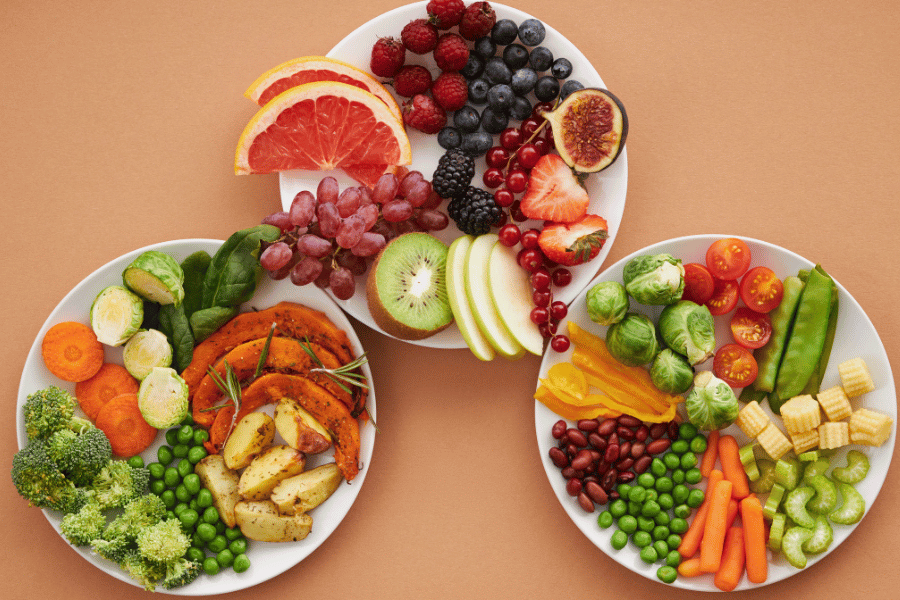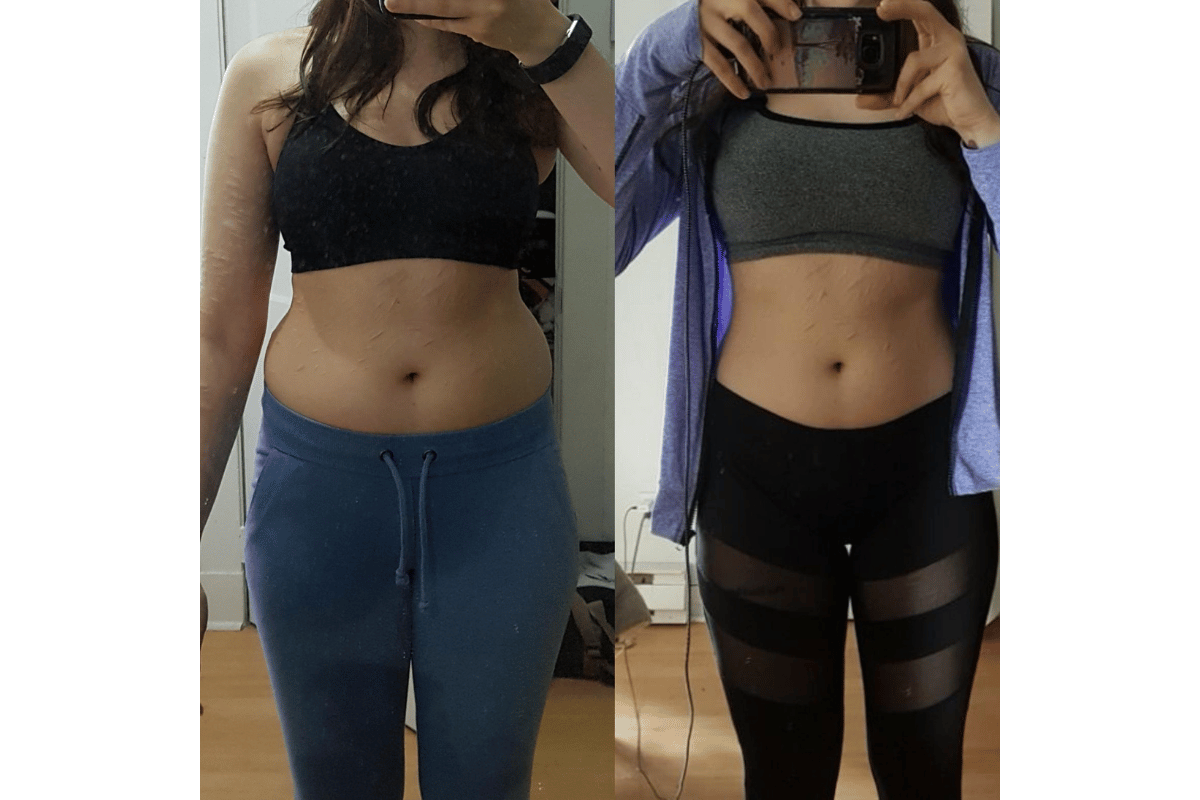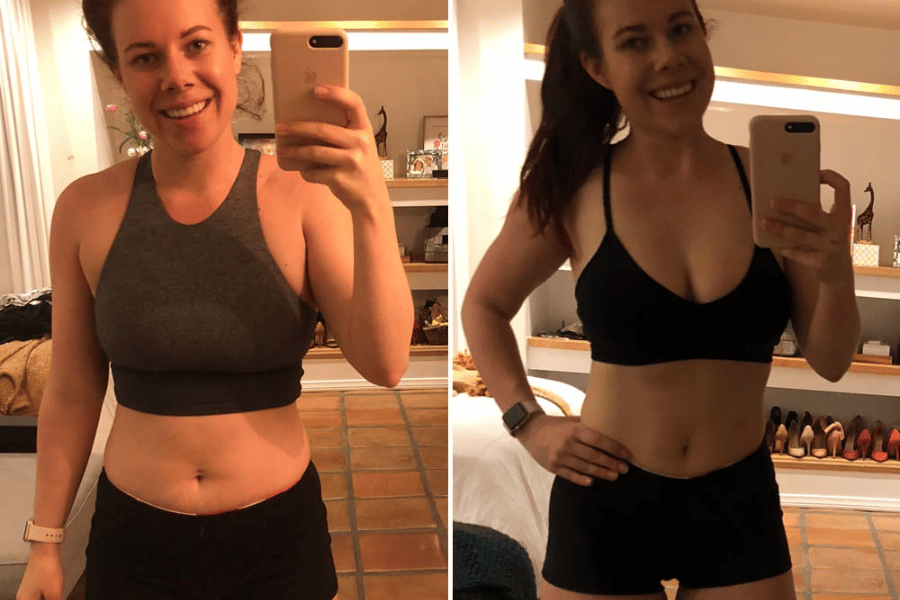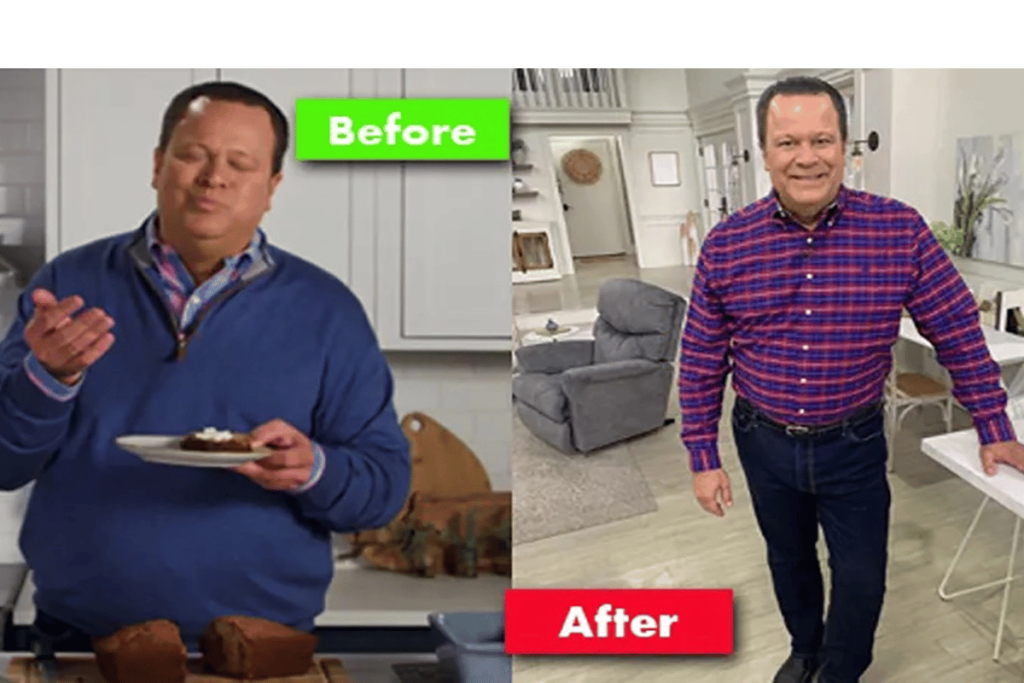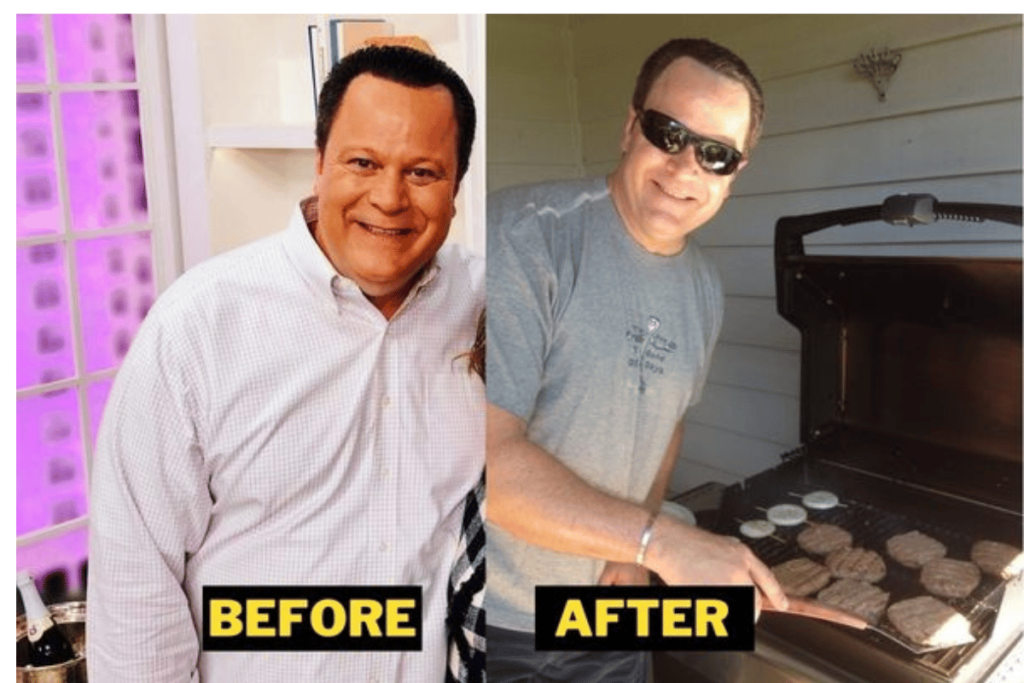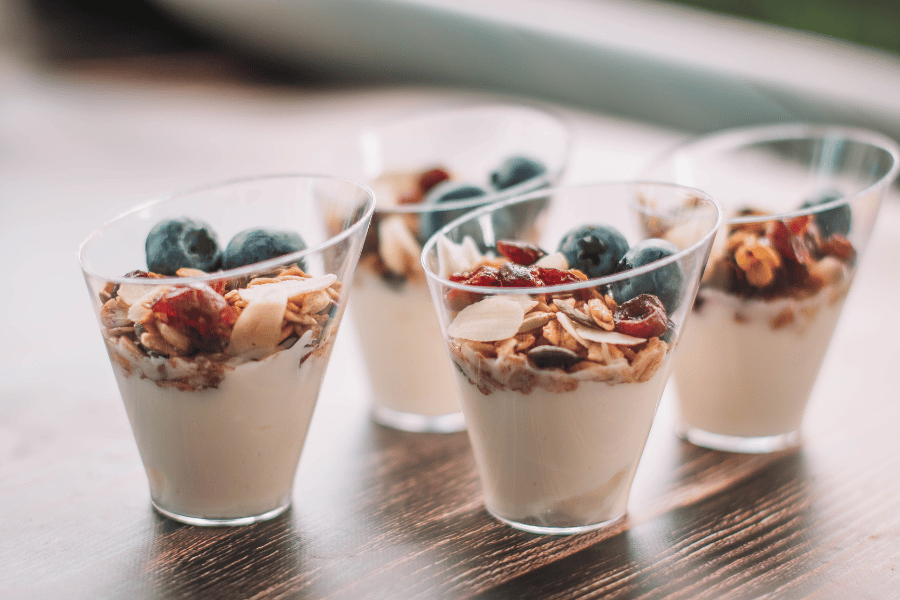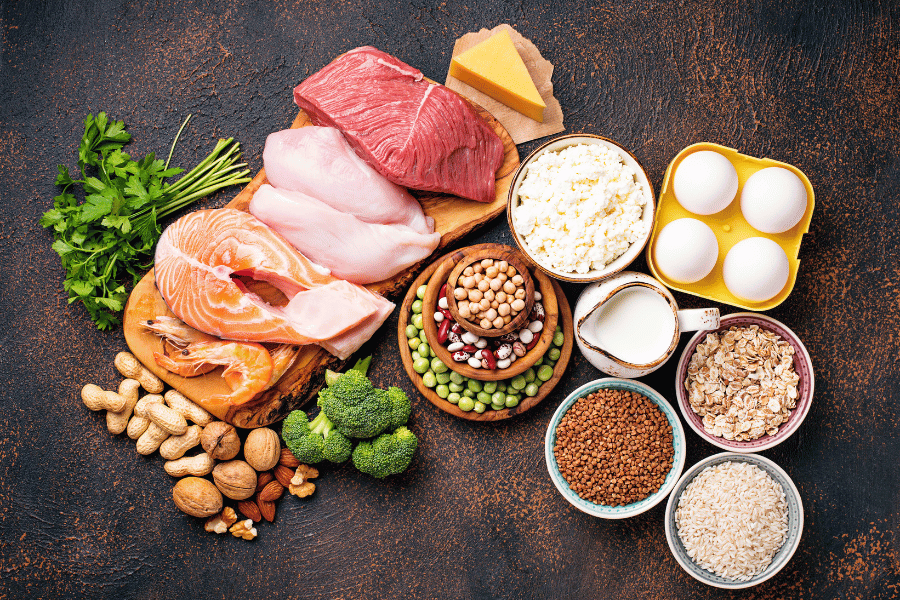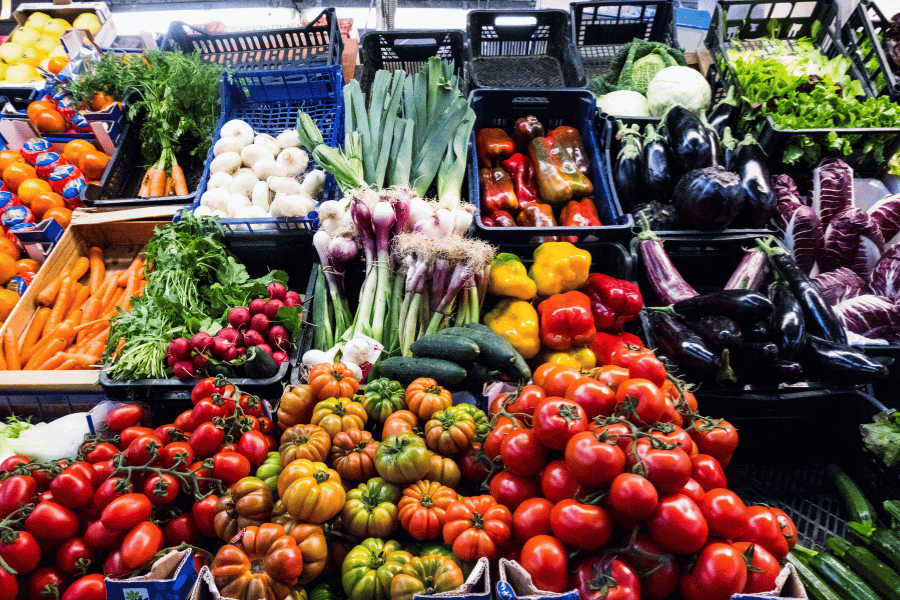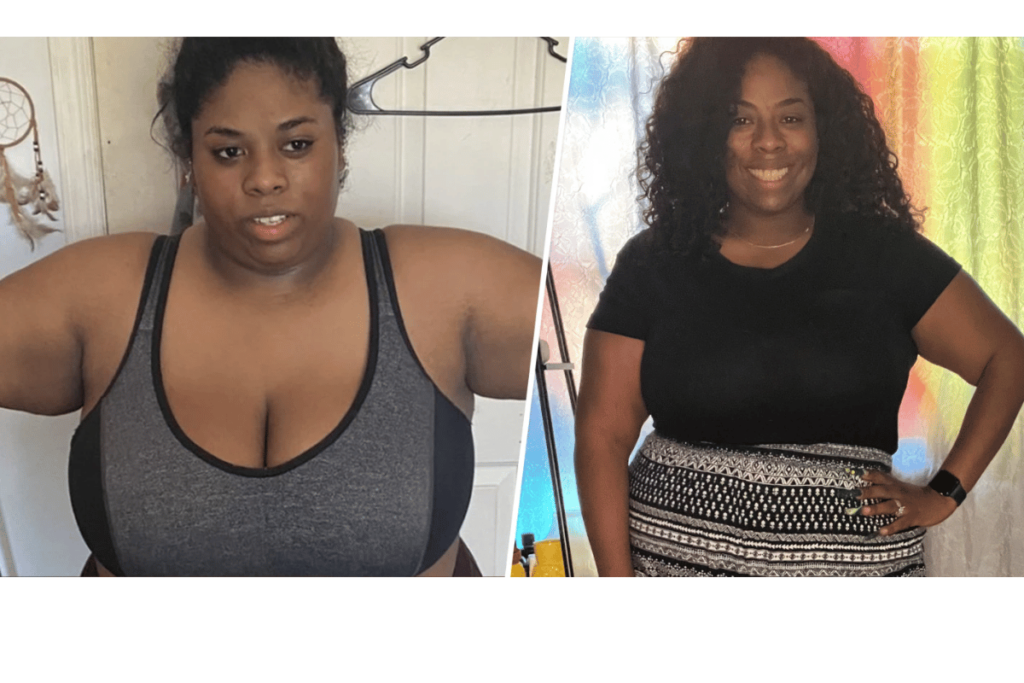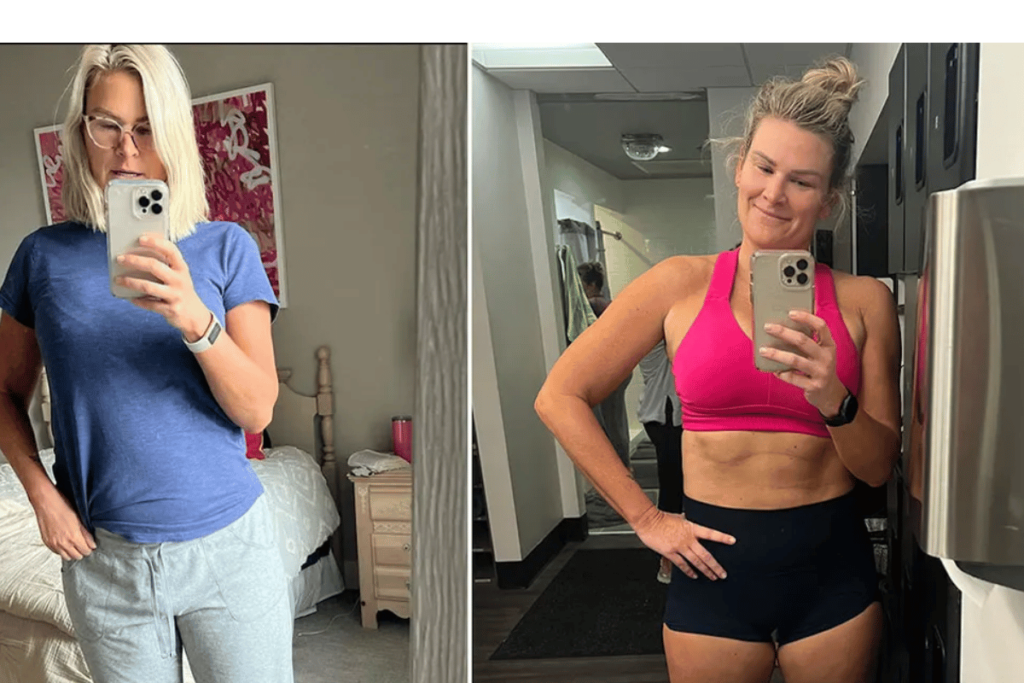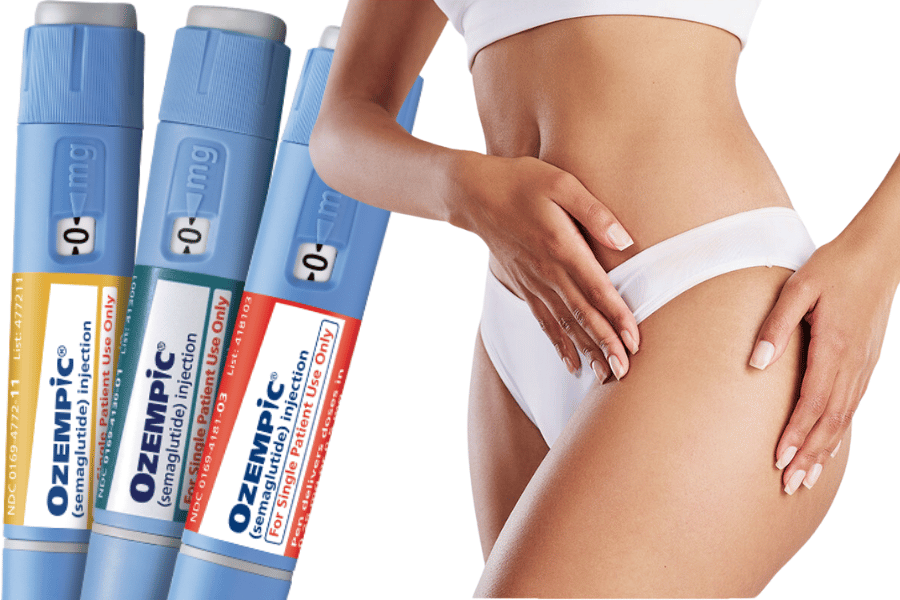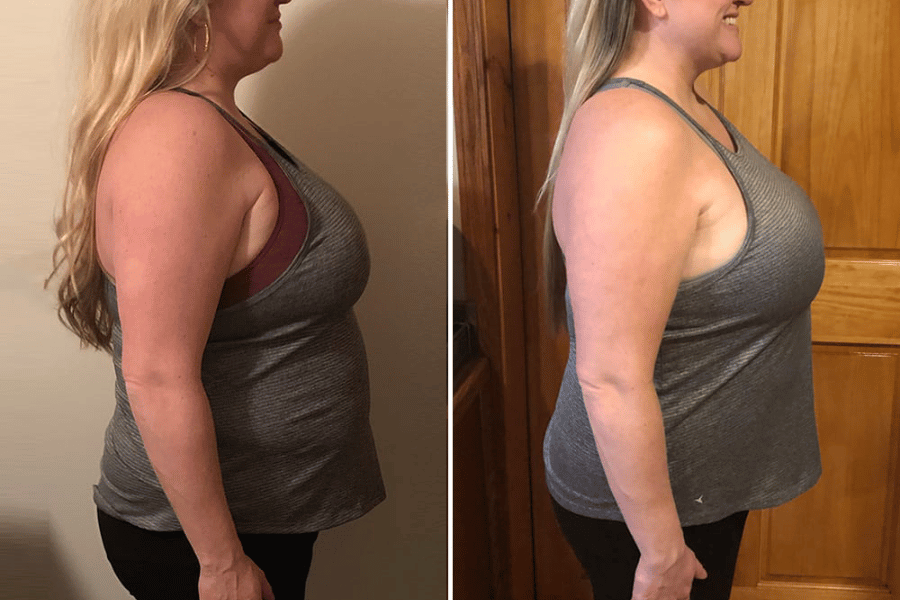As we step into 2024, the landscape of weight loss continues to evolve, introducing new and innovative methods to tackle the age-old challenge of how to lose fat. Staying abreast of these trends is crucial for anyone looking to effectively manage their weight. In this article, we’ll explore the latest techniques and approaches that have been making waves in the realm of fat loss. From understanding the science behind body fat to customizing your weight loss journey, this guide will offer a comprehensive look at how to lose fat with 2024’s hottest trends.

how to lose fat
Understanding Body Fat
Understanding body fat is crucial in the journey of weight loss. Body fat is more than just a storage of excess energy; it plays a significant role in our overall health and well-being. The science of fat accumulation and loss revolves around the balance of caloric intake and expenditure. However, it’s not just about the quantity of fat; the distribution and type of fat in our bodies also matter.
Fat accumulation occurs when the energy intake exceeds the energy expended. This excess energy is stored as fat in adipose tissue. On the other hand, fat loss happens when the body uses stored fat for energy, typically when caloric intake is less than the body’s energy requirements.
The latest research in 2024 sheds light on how different types of fat, such as visceral fat and subcutaneous fat, affect our health differently. Visceral fat, which is stored around the organs, is often linked to various health risks, including cardiovascular diseases and diabetes. Subcutaneous fat, located under the skin, is less harmful but can still affect overall body aesthetics and fitness levels.
Understanding these nuances is essential for an effective approach to fat loss. By comprehending the complex nature of body fat, individuals can tailor their weight loss strategies to be more effective and health-conscious.

how to lose fat
2024’s Revolutionary Fat Loss Techniques
The year 2024 has brought forth a surge in innovative fat loss techniques, revolutionizing how we approach weight management. These new trends blend cutting-edge science with practical strategies, offering more effective and personalized ways to achieve fat loss.
Intermittent Fasting Reimagined: One of the standout trends of 2024 is the evolved form of intermittent fasting. This isn’t just skipping meals; it’s a structured program that optimizes the fasting windows with your circadian rhythm, enhancing metabolism and fat burning.
AI-Powered Diet Plans: Artificial intelligence has made significant strides in personalizing diet plans. These AI systems analyze individual health data, dietary preferences, and metabolic rates to create the most effective meal plans for fat loss, making the concept of a “one-size-fits-all” diet obsolete.
Genetic-Based Weight Loss: Genetic testing is no longer just a tool for understanding ancestry. In 2024, it’s used to tailor weight loss strategies based on individual genetic makeup. This approach ensures that each person follows a fat loss plan that aligns perfectly with their genetic predispositions.
Virtual Reality Workouts: Virtual reality (VR) workouts have emerged as a groundbreaking way to engage in physical activity. These immersive fitness experiences not only make exercising more enjoyable but also allow for tailored fitness regimes that can maximize fat burning efficiency.
Gut Microbiome Optimization: The health of the gut microbiome is now understood to be crucial in weight management. Tailored probiotic and dietary interventions are being used to optimize gut health, directly influencing fat loss by improving metabolism and reducing inflammation.
Each of these methods offers a unique angle on the challenge of losing fat, emphasizing the importance of personalization in weight loss strategies. As we delve deeper into these trends, it becomes clear that the future of fat loss is not just about burning calories but understanding and working with our bodies in a more holistic and science-backed way.
Nutrition and Diet Trends
In the domain of weight loss, nutrition and diet are pivotal. As we navigate through 2024, several diet trends have emerged, focusing on sustainable and efficient fat loss. These trends are not just about reducing caloric intake; they emphasize the quality of food and its impact on overall health and metabolism.
Plant-Forward Diets: A significant shift has been observed towards plant-based diets. These diets are not strictly vegetarian but emphasize the consumption of whole, minimally processed plant foods. Such diets are rich in fiber, antioxidants, and essential nutrients, aiding in fat loss and improving overall health.
High-Protein, Low-Carb Diets: The balance of macronutrients has taken center stage in 2024’s diet trends. High-protein, low-carb diets are gaining popularity for their ability to promote satiety and maintain muscle mass while losing fat. This approach helps in stabilizing blood sugar levels and reducing cravings.
Superfoods and Functional Foods: Superfoods like berries, nuts, seeds, and green leafy vegetables are increasingly being incorporated into diets for their dense nutrient profile and minimal caloric content. Functional foods, which include probiotics and omega-3 fatty acids, are also being recognized for their role in enhancing metabolism and supporting fat loss.
Tailored Supplement Regimens: With advancements in nutritional science, supplements are being more personalized. Omega-3 fatty acids, green tea extract, and soluble fiber supplements are some examples that have been found to support fat loss, alongside a balanced diet.
These dietary approaches in 2024 are not just about losing weight; they are about nurturing the body and supporting overall health. By focusing on nutrient-dense foods and personalized nutrition, these trends are redefining the way we approach fat loss through diet.
Exercise and Fitness Innovations
The year 2024 has witnessed remarkable innovations in the field of exercise and fitness, significantly impacting the way we approach fat loss. These innovations are not only about new workout routines but also about integrating technology and personalized approaches to maximize effectiveness.
AI-Driven Personal Training: Artificial Intelligence has revolutionized personal training. AI-driven programs offer customized workout plans that adapt to your progress and preferences. These systems analyze your performance, provide real-time feedback, and adjust your exercise regime to optimize fat loss and muscle building.
Wearable Fitness Technology: Wearable tech has gone beyond just tracking steps and heart rate. The latest devices monitor a range of health metrics, including sleep patterns, stress levels, and even metabolic rates. This comprehensive data allows for more nuanced insights into how different aspects of lifestyle and fitness routines contribute to fat loss.
High-Intensity Interval Training (HIIT) Evolution: HIIT remains a popular method for fat burning, but its format has evolved. The latest trends include micro-HIIT sessions, integrating brief but intense workouts into daily routines, making them more accessible and manageable for people with busy schedules.
Virtual Group Fitness: The trend of virtual group fitness classes has grown, breaking the barriers of location. These classes offer the community and motivation of traditional group fitness in a virtual format, making it easier to find and participate in workouts that fit individual preferences and schedules.
Recovery-Focused Fitness: There’s a growing emphasis on the importance of recovery in any fitness regime. Innovations in this area include advanced foam rollers, cryotherapy, and targeted stretching routines, all aimed at improving recovery times and enhancing overall fitness performance.
These advancements in exercise and fitness demonstrate a shift towards more personalized, tech-integrated, and holistic approaches to fitness and fat loss. They underscore the importance of not just working out but doing it in a way that is most effective for your body and lifestyle.
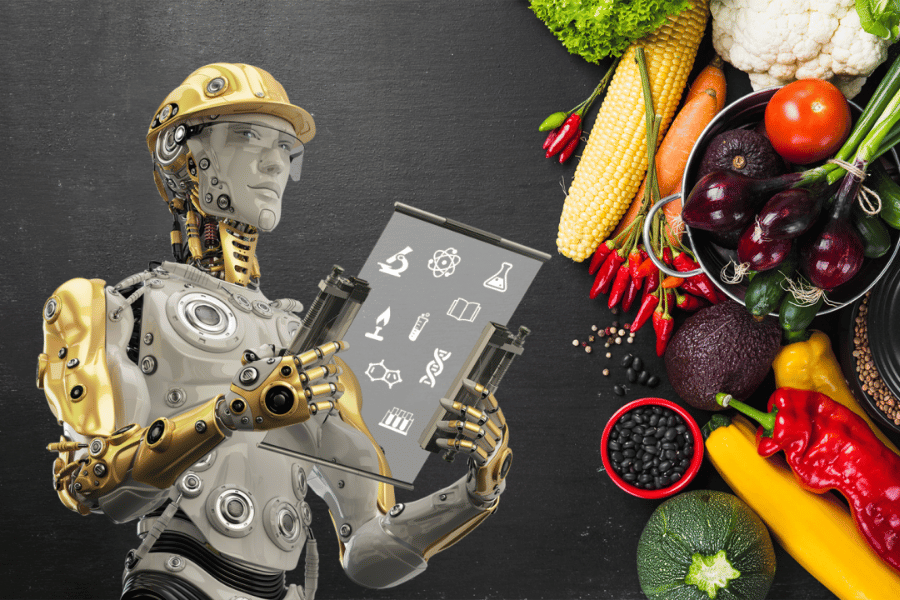
how to lose fat
Mind-Body Connection in Weight Loss
In 2024, the importance of the mind-body connection in the journey of fat loss has gained significant recognition. This holistic approach acknowledges that effective weight loss is not just about physical changes, but also involves mental and emotional well-being.
Mental Health and Weight Loss: Mental health plays a crucial role in weight management. Stress, anxiety, and depression can lead to unhealthy eating habits and a decrease in physical activity. Recognizing and addressing these mental health challenges is key to successful fat loss. Techniques like cognitive-behavioral therapy (CBT) and mindfulness-based stress reduction (MBSR) are being used to help individuals develop healthier relationships with food and exercise.
Mindfulness and Eating: Mindfulness practices have become integral in the approach to eating. Mindful eating involves being fully present during meals, savoring each bite, and listening to the body’s hunger and satiety cues. This practice helps prevent overeating and enhances the enjoyment of food, contributing to sustainable weight loss.
Yoga and Pilates: Yoga and Pilates are not just physical exercises; they are also seen as mind-body practices that enhance mental clarity and emotional balance. These disciplines promote strength, flexibility, and mindfulness, which are beneficial in managing stress and supporting a weight loss journey.
Sleep’s Role in Weight Management: The connection between sleep and weight loss is clearer than ever. Adequate, high-quality sleep is essential for regulating hormones that control appetite and metabolism. Good sleep hygiene practices are being emphasized as a part of comprehensive weight loss programs.
By integrating these mind-body practices into weight loss strategies, individuals can achieve a more balanced and sustainable approach to losing fat. This holistic perspective not only helps in reducing body weight but also in improving overall quality of life.
Customizing Your Weight Loss Journey
The concept of a one-size-fits-all approach to fat loss has become outdated in 2024. Customization is key in creating an effective and sustainable weight loss journey. Tailoring strategies to individual needs, preferences, and lifestyles not only enhances the effectiveness of weight loss efforts but also ensures long-term adherence and success.
Personalized Diet Plans: Nutritional needs vary greatly from person to person. Factors like age, gender, activity level, and health conditions influence dietary requirements. Customized diet plans, often aided by AI technology, consider these factors to provide optimal nutrition for fat loss tailored to individual needs.
Exercise Programs Suited to Individual Fitness Levels: Not everyone benefits from the same type of exercise. Personalized fitness programs are designed based on an individual’s fitness level, goals, and preferences. This includes choosing the right mix of cardiovascular exercises, strength training, and flexibility workouts.
Genetic and Metabolic Testing: Advanced testing methods provide insights into one’s genetic makeup and metabolism, offering valuable information for tailoring weight loss strategies. These tests help in understanding how the body processes foods and responds to different types of exercise, enabling more precise and effective weight management plans.
Behavioral and Lifestyle Modifications: Successful weight loss is not just about diet and exercise; it’s also about modifying behaviors and lifestyle choices. Customization in this area might involve identifying triggers for unhealthy eating, developing stress management techniques, and establishing a supportive environment for making healthier choices.
Continuous Monitoring and Adjustment: The weight loss journey is dynamic, and strategies may need adjustments over time. Continuous monitoring of progress and regular consultations with health professionals ensure that the weight loss plan remains effective and relevant to changing needs and circumstances.
By focusing on a personalized approach, individuals are more likely to enjoy their weight loss journey, see lasting results, and maintain a healthy lifestyle beyond achieving their immediate weight loss goals.
Case Studies and Success Stories
In 2024, the weight loss journey is not just theoretical; it’s grounded in real-life success stories and case studies that inspire and offer practical insights. These narratives provide valuable lessons and tips, showcasing the effectiveness of various fat loss methods and personalized approaches.
Real-Life Transformations: The stories of individuals who have successfully lost weight and transformed their lives are incredibly motivating. These case studies often detail the specific methods used, such as particular diet plans, exercise routines, and mind-body practices, providing a realistic view of what works in actual scenarios.
Lessons Learned: One of the most valuable aspects of these success stories is the lessons learned. This includes strategies for overcoming challenges, such as plateaus in weight loss, managing cravings, and maintaining motivation. It also highlights the importance of resilience and adaptability in the weight loss journey.
Diverse Approaches: These case studies reflect a diversity of approaches, acknowledging that what works for one person may not work for another. They illustrate how different combinations of diet, exercise, and lifestyle changes can lead to successful fat loss, emphasizing the need for personalized strategies.
Tips from Successful Individuals: People who have achieved their weight loss goals often share tips that contributed to their success. These can range from practical advice on meal planning and workout routines to psychological strategies for maintaining a positive mindset and staying committed to one’s goals.
Impact Beyond Weight Loss: These stories often highlight the impact of weight loss on overall health and quality of life, including improved physical health, enhanced mental well-being, and increased self-esteem. They showcase how losing fat can be a transformative experience that extends beyond physical appearance.
By examining these case studies and success stories, we gain a deeper understanding of the multifaceted nature of weight loss and the various paths one can take to achieve it.
FAQ Section
Q1: What are the most effective fat loss trends in 2024? A1: The most effective trends include personalized diet plans using AI technology, genetic-based weight loss strategies, intermittent fasting reimagined to align with circadian rhythms, and virtual reality workouts. The emphasis is on personalization and integration of technology for tailored and effective fat loss strategies.
Q2: How to balance diet and exercise for optimal fat loss? A2: Balancing diet and exercise involves creating a calorie deficit while ensuring adequate nutrition and maintaining muscle mass. It’s about finding the right mix of macronutrients in your diet and combining strength training with cardiovascular exercises. Consulting with health professionals for a personalized plan is highly recommended.
Q3: What are the risks associated with the latest weight loss methods? A3: While most new methods are safe when followed correctly, risks can include nutritional deficiencies, muscle loss, and excessive stress on the body if overdone. It’s essential to approach weight loss under professional guidance, especially when experimenting with new methods like extreme fasting or high-intensity workouts.
Q4: How to maintain weight loss achieved through these new trends? A4: Long-term maintenance requires a sustainable approach. This includes continuing a balanced diet, a consistent exercise routine, and incorporating lifestyle changes that support healthy habits. Regular monitoring and adjustments to your plan are crucial for maintaining weight loss.
Q5: Can these methods be adapted for different lifestyles and health conditions? A5: Absolutely. Personalization is key in adapting these methods to suit various lifestyles and health conditions. Whether it’s modifying diet plans for specific nutritional needs or adjusting workout routines for physical limitations, there’s flexibility in these trends to cater to diverse requirements.





